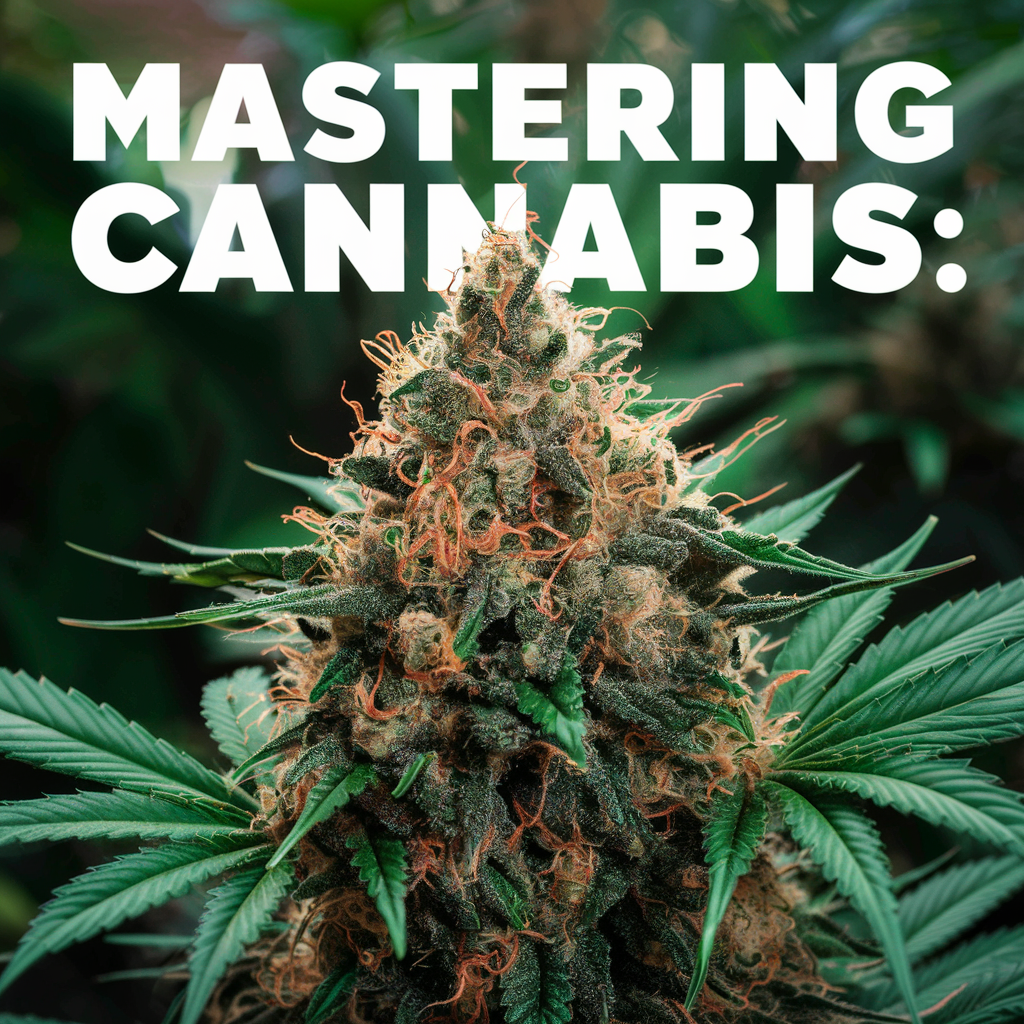
Venturing into the world of cannabis cultivation can be as thrilling as it is complex. With the wave of legalization and the burgeoning interest in home-grown cannabis, enthusiasts everywhere are seeking the secrets to cultivating those perfectly potent, aromatic buds that are often whispered about in hushed tones among connoisseurs. Whether you’re a seasoned grower or a curious novice, the journey from seedling to harvest is filled with nuances that can turn a humble plant into a masterpiece of nature.
But what truly separates a regular harvest from an extraordinary one? It’s the culmination of art, science, and a touch of grower’s intuition. In “Mastering Cannabis: Secrets to Growing Potent Buds Revealed!”, we delve deep into the vault of expert cultivators to bring you exclusive insights and top secrets that promise to elevate your cannabis cultivation game. From the optimal lighting to the precise nutrients, each step is a critical piece of the puzzle in nurturing your plant to its fullest potential.
Join us as we explore the intricate dance of conditions, care, and cultivation techniques that master growers swear by. Whether you’re aiming for medicinal benefits, recreational enjoyment, or simply the satisfaction of a successful harvest, the art of growing perfect cannabis buds is within your reach. Let’s embark on this green journey together, unraveling the mysteries that lead to unrivaled potency and flavor.
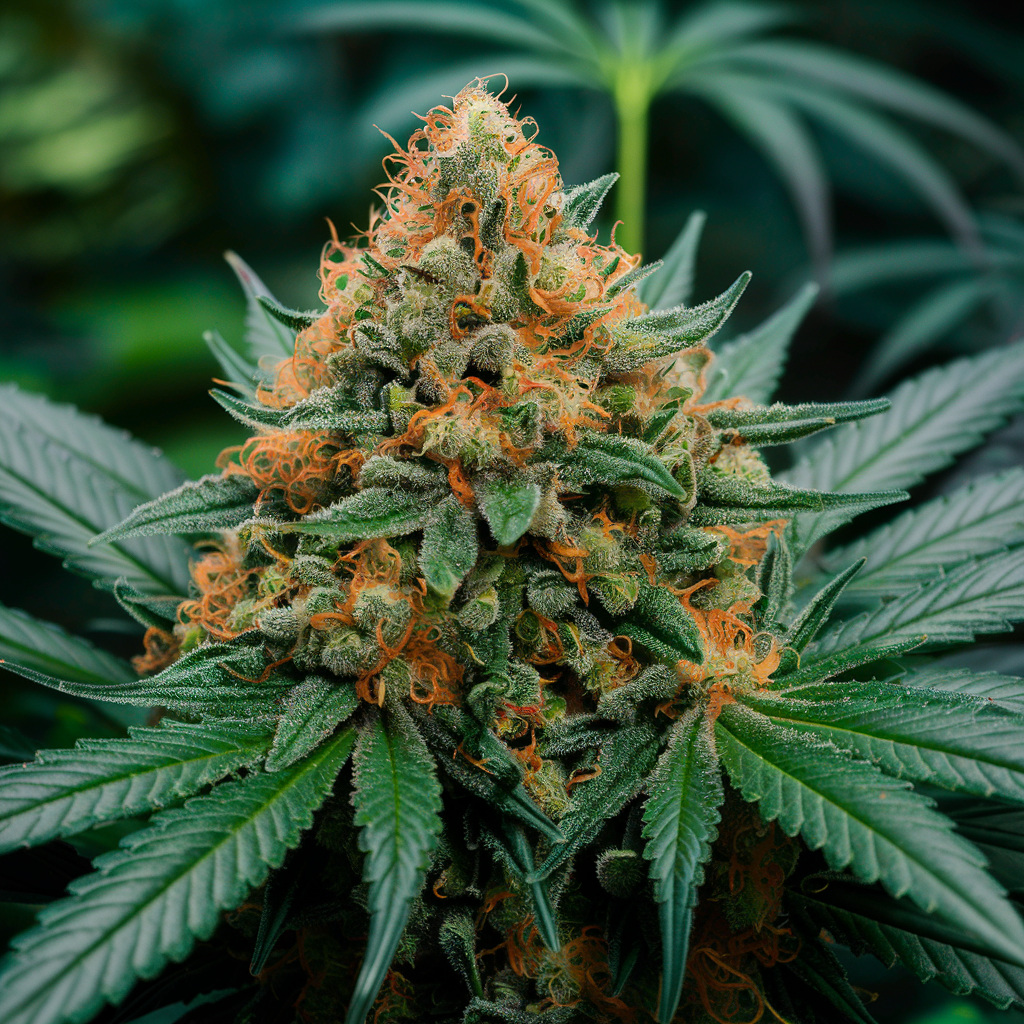
What Does It Take to Grow Perfect Cannabis Buds?
Cultivating cannabis that stands out for its quality, potency, and aroma involves more than just planting a seed and waiting for nature to do its work. Master growers know that achieving perfection requires attention to detail across several key areas.
Understanding the Basics of Cannabis Cultivation
Before diving into advanced techniques, it’s crucial to grasp the fundamentals that lay the foundation for a thriving cannabis plant:
- Genetics: The strain you choose sets the potential for your grow. Look for genetics known for their vigor, yield, and resilience to pests and diseases.
- Soil: A rich, well-draining soil mix tailored for cannabis can significantly impact your plant’s ability to absorb water and nutrients.
- Water: Cannabis plants are sensitive to over and under-watering. Learning the balance is key to avoiding stress and encouraging growth.
- Light: The source and intensity of light greatly influence the growth cycle and potency of your buds. Indoor growers have a myriad of lighting options, from LEDs to HPS lamps.
Optimal Conditions for Cannabis Growth
Creating the perfect environment, whether indoors or outdoors, is vital for your cannabis to flourish:
- Indoor Cultivation: Offers control over the growing environment, allowing you to manipulate conditions to achieve the best results. Investing in a high-quality lighting system, such as the 2024 Newest 1000w LED Grow Lights, can provide your plants with the full spectrum of light they need to produce dense, resinous buds.
- Outdoor Cultivation: Relies more on the natural climate and season cycles. While you can’t control the weather, selecting the right strain that matches your region’s climate can lead to spectacular results.
By understanding and mastering these basics, you set the stage for a successful grow. Each decision, from selecting the right strain to choosing your cultivation method, impacts the final quality of your cannabis. In the following sections, we’ll delve deeper into specific techniques and products that can help you optimize each aspect of the growth process, leading you closer to cultivating those perfect buds you’re aiming for.
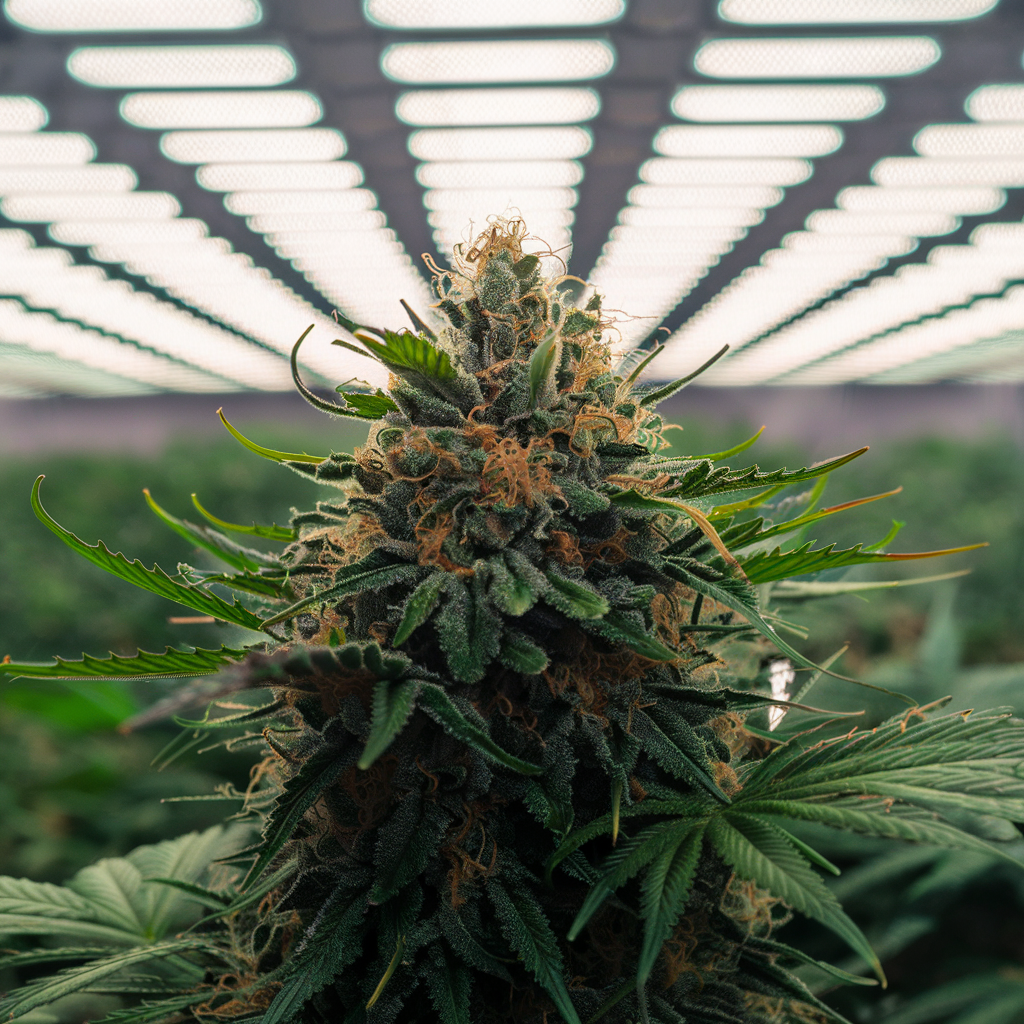
How Do Lighting Conditions Affect Cannabis Growth and Bud Quality?
Light is the lifeblood of cannabis cultivation, playing a pivotal role in not just the growth, but the ultimate potency and quality of the buds. Master growers understand that manipulating light conditions is akin to speaking the plant’s language, guiding it through its lifecycle to achieve the best possible harvest.
The Role of Light in Cannabis Cultivation
Cannabis plants rely on light to perform photosynthesis, the process by which they convert light, water, and carbon dioxide into the energy needed for growth. The intensity, spectrum, and duration of light exposure all influence your plant’s growth rate, structural development, and the timing of its flowering phase.
- Spectrum: Different stages of growth require different light spectrums. For instance, blue light promotes vegetative growth, while red light is crucial during the flowering stage.
- Intensity: The amount of light your plants receive influences their photosynthetic activity and, therefore, their growth potential. Too little light can lead to weak, spindly plants, while too much can cause stress and even burn your plants.
- Duration (Photoperiod): Cannabis plants are photoperiod sensitive, meaning their flowering cycle is triggered by changes in the light cycle. Generally, more hours of light (18-24) promote vegetative growth, while 12 hours of light and 12 hours of darkness trigger flowering.
Choosing the Right Lighting for Your Setup
For indoor growers, selecting the right lighting system is critical. LED grow lights have become increasingly popular due to their efficiency, lower heat output, and adjustable spectrums. The 2024 Newest 1000w LED Grow Lights offer a prime example of cutting-edge technology designed for indoor hydroponic plants, providing full-spectrum coverage, dual-mode for veg and bloom stages, and energy-efficient performance, making them an excellent choice for growers seeking to maximize their yield and bud quality.
In summary, mastering the art of lighting in cannabis cultivation allows you to create conditions that mimic the best of natural sunlight, adjusted perfectly for each stage of your plant’s life. By investing in quality lighting solutions and tuning into the specific needs of your cannabis plants, you can significantly enhance both the yield and quality of your buds, bringing you closer to achieving those perfect results every grower strives for.
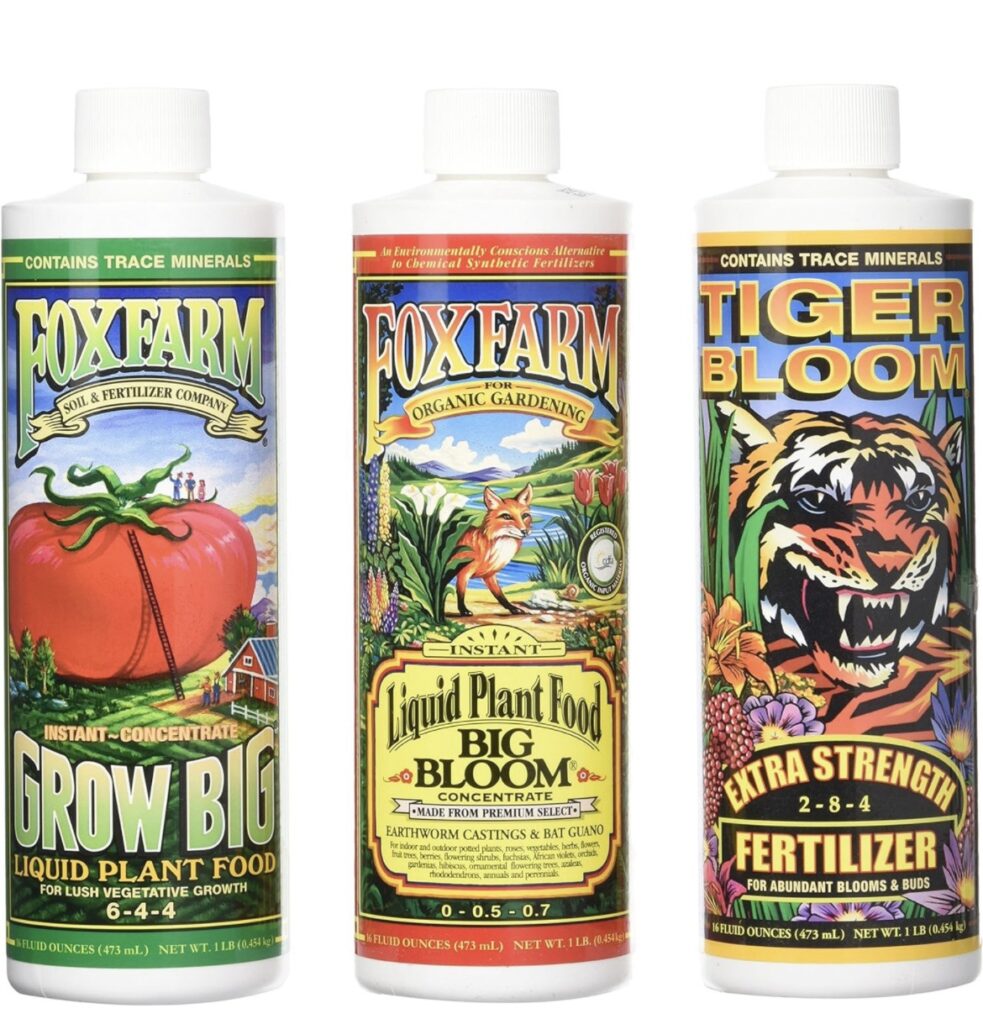
What Nutrients Are Essential for Perfect Cannabis Plant Health?
To cultivate cannabis that not only thrives but produces high-quality buds, understanding and providing the right nutrients is crucial. Each stage of cannabis growth requires a specific balance of nutrients to support its development, from vegetative growth to flowering.
Feeding Your Cannabis Plants for Maximum Yield
The key to a bountiful cannabis harvest lies in the careful management of nutrients. Cannabis plants require a mix of macronutrients (NPK – Nitrogen, Phosphorus, Potassium) and micronutrients (such as calcium, magnesium, and sulfur) to thrive. During the vegetative stage, nitrogen is vital for promoting lush, leafy growth. As the plant transitions to the flowering stage, phosphorus and potassium levels become more critical to develop strong, potent buds.
An excellent way to ensure your plants receive the balanced diet they need is by using a comprehensive nutrient solution like the FoxFarm Liquid Nutrient Trio Soil Formula. This trio of nutrients is tailored to support your cannabis plants at each stage of their growth cycle, from the vigorous vegetative growth phase with Grow Big, to the bloom-boosting Tiger Bloom, and the all-purpose Big Bloom for use throughout the growing cycle.
Understanding Nutrient Schedules and Ratios
Navigating the world of cannabis nutrients isn’t just about what to feed your plants, but also when and how much. This is where understanding nutrient schedules and ratios comes into play. Typically, nutrient schedules outline a plan for alternating water-only days with nutrient feedings, gradually increasing the concentration of nutrients as the plant matures.
Balancing the NPK ratio is a delicate art. During the vegetative stage, a higher nitrogen ratio supports leaf and stem growth. As flowering begins, reducing nitrogen in favor of phosphorus and potassium encourages the plant to put its energy into producing buds. The Twin Canaries Chart, often included with the FoxFarm Liquid Nutrient Trio, provides a helpful guide for adjusting these ratios throughout your plant’s lifecycle.
Proper nutrient management is the cornerstone of successful cannabis cultivation. By providing your plants with the right nutrients at the right times, you can maximize your yield and ensure the health of your plants. Remember, though, every plant is unique, and staying attentive to its response to feeding will guide you in making any necessary adjustments to your nutrient regimen.
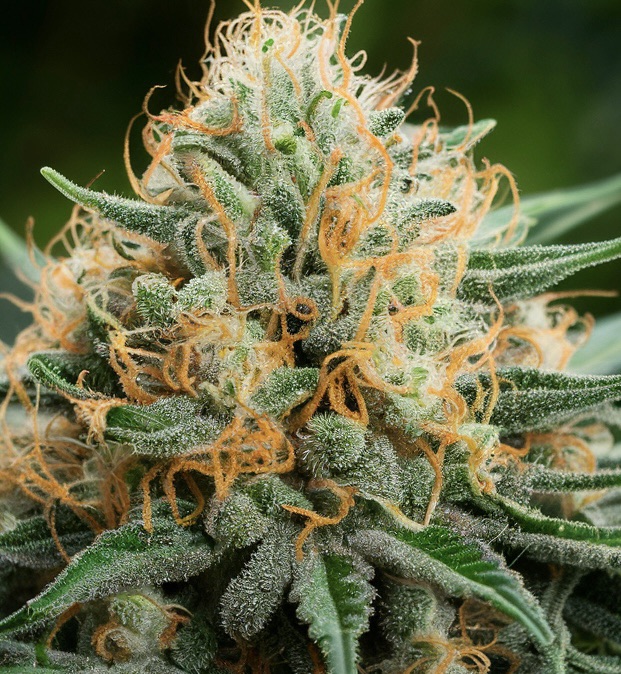
When Is the Ideal Time to Harvest Cannabis for Peak Potency?
Harvesting cannabis at the right time is crucial for maximizing the potency, flavor, and overall quality of your buds. This timing can vary based on several factors, including strain, climate, and the specific effects you’re aiming for. Understanding the signs of readiness and employing precise harvesting techniques can significantly influence the final product’s potency. Let’s delve into the indicators of maturity and the harvesting techniques that ensure maximum potency.
Signs Your Cannabis Plant Is Ready for Harvest
Trichome Maturity: The clearest indicator of a cannabis plant’s readiness for harvest lies in the maturity of its trichomes – the small, glandular stalks on the surface of the buds that produce cannabinoids and terpenes. Using a jeweler’s loupe or a small microscope, inspect the trichomes closely. Clear, transparent trichomes indicate that the plant is still too immature for harvest. When these trichomes turn cloudy or milky white, it’s a sign that THC levels are at their peak, ideal for a more euphoric effect. Trichomes that have turned amber suggest that THC is converting to CBN, which leads to a more calming, sedative effect.
Plant Indicators: Besides trichome analysis, observe the plant’s overall morphology. The pistils, or hair-like strands on the buds, change from white to reddish-brown as maturity approaches. Additionally, the overall foliage may begin to fade, indicating the plant’s shift of energy towards bud development.
Harvesting Techniques for Maximum Potency
Harvesting your cannabis at the right moment is just the first step; how you harvest also plays a pivotal role in the final product’s potency. Gentle handling of the buds is essential to preserve the delicate trichomes. Avoid touching the buds directly with your fingers; instead, use tools like scissors or clippers to cut the branches.
The timing of the harvest within the day also matters. It’s recommended to harvest in the morning when the plant’s terpene profile is most concentrated, ensuring the highest level of potency and flavor in your cannabis.
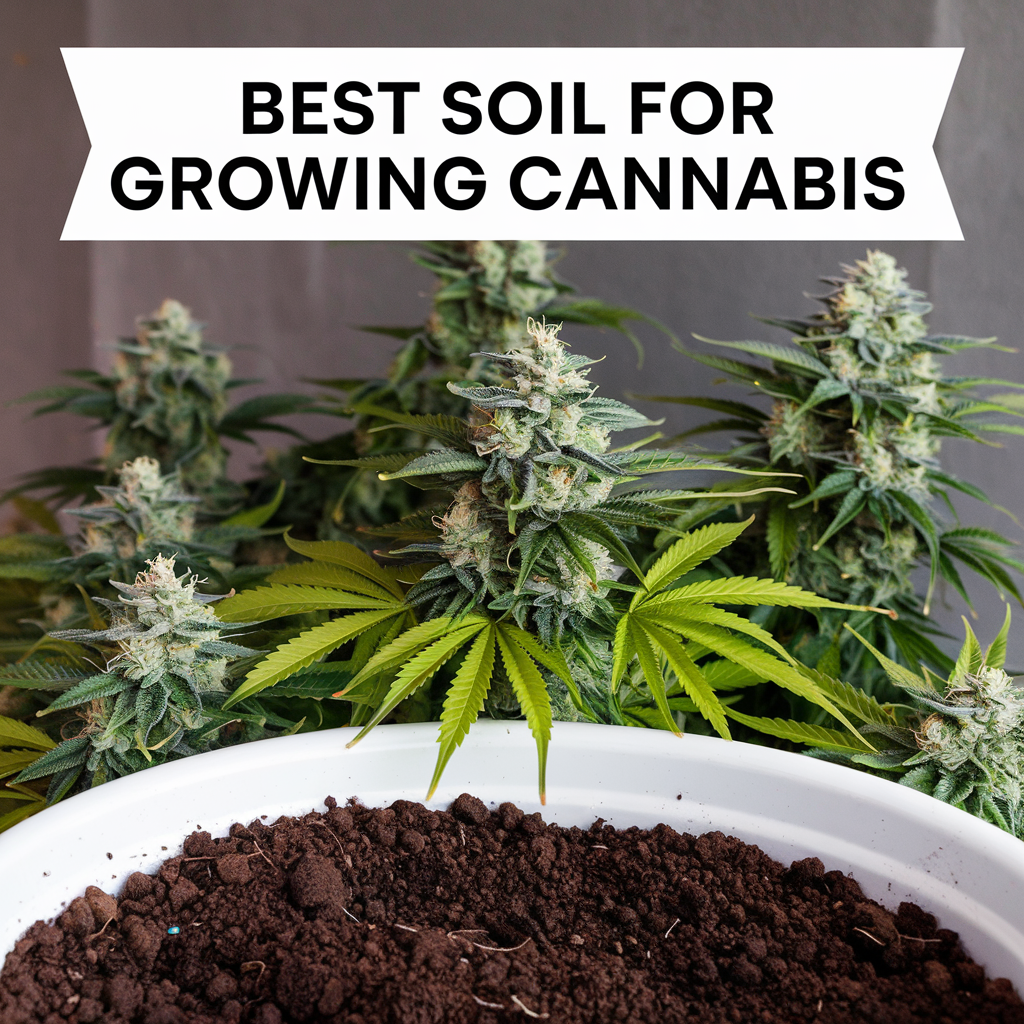
How Can Plant Training Techniques Improve Cannabis Yield?
Beyond harvesting, the techniques you employ throughout the plant’s life can greatly influence not just the yield but the potency of your cannabis. Plant training techniques like low-stress training (LST), topping, and supercropping aim to expose more of the plant to light, encouraging even growth and increased bud sites. These methods can lead to a more bountiful harvest with potent, evenly developed buds across the plant.
Integrating strategic harvesting cues with advanced cultivation techniques ensures that you not only maximize your cannabis yield but also enhance the potency and quality of your harvest. The culmination of careful observation, timely harvesting, and plant training culminates in a product that truly stands out for its excellence.
As an Amazon Associate we earn from qualifying purchases through some links in our articles.




